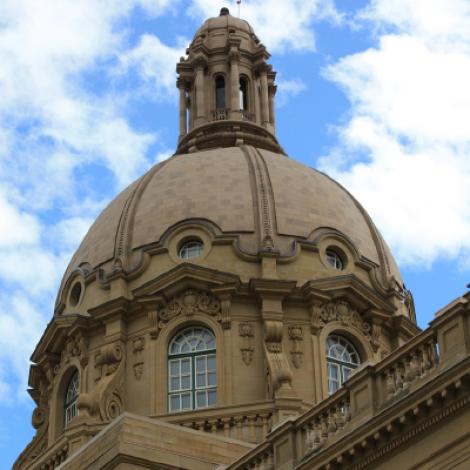Casual Legal: Who is keeping the peace?
By Moira Lavoie
Reynolds Mirth Richards Farmer LLP
Alberta Municipalities Casual Legal Service Provider
Many municipalities make use of both bylaw enforcement officers and community peace officers to enforce certain types of law within their boundaries. While both types of officers are generally responsible for “the preservation and maintenance of public peace,” they have different responsibilities, powers and sources of authority.
This article outlines the key differences between bylaw enforcement officers and community peace officers.
Employers: Bylaw enforcement officers can only be employed by municipalities.
Community peace officers can be employed by a variety of “authorized employers” including municipalities, post-secondary institutions, and local transit authorities.
Governing legislation: Bylaw enforcement officers are appointed by a municipality pursuant to Section 555 of the Municipal Government Act (the “MGA”) and derive their powers from municipal bylaws. Under the MGA, these bylaws must specify the powers and duties of bylaw officers, and set out the procedures for disciplining those officers. Council may also, by bylaw, authorize its bylaw officers to carry weapons or drive marked cars.
Community peace officers are appointed by municipalities pursuant to Section 7 of the Peace Officer Act (the “Act”). Under the Act, a peace officer’s appointment must specify the officer’s authority, responsibility, duties, territorial jurisdiction and title, including any authority of the officer to carry weapons or use certain types of equipment. Peace officers are also subject to various provincial regulations, depending on the nature of their role.
Responsibilities: Bylaw enforcement officers’ responsibility is for enforcing municipal bylaws, including investigating bylaw complaints and supporting the prosecution of bylaw violations.
Community peace officers’ responsibilities depend on whether they are classified as a “Level 1” or “Level 2” peace officer, and the scope of their appointment within that classification. Level 1 peace officers can have the authority to deal with moving violations under Alberta’s Traffic Safety Act, and enforce certain elements of Alberta’s Gaming, Liquor and Cannabis Act. They may also be authorized to provide security on transit or university campuses. Level 2 peace officers generally have an administrative or narrow focus, such as parking enforcement, automated traffic enforcement or animal control.
Weapons and equipment: Bylaw enforcement officers may be authorized to wear designated uniforms, drive marked cars or carry weapons – this is dictated by the bylaws governing their appointment.
The authority of a community peace officer to carry a weapon or use certain types of equipment is governed by legislation, regulation, and the terms of their appointment. Level 1 peace officers must wear designated uniforms and drive marked cars, and have a broader range of weapons which they may be authorized to carry. Level 2 peace officers may or may not have uniforms or drive marked cars, and have a narrower range of weapons they may be authorized to carry.
To access Alberta Municipalities Casual Legal Helpline, Alberta Municipalities members can call toll-free to 1-800-661-7673 or send an email the municipal legal experts at Reynolds Mirth Richards and Farmer LLP. For more information on the Casual Legal Service, please call 310-MUNI (6864) or send an email to Alberta Municipalities Risk Management staff. Any Regular or Associate member of Alberta Municipalities can access the Casual Legal Service.
DISCLAIMER: This article is meant to provide information only and is not intended to provide legal advice. You should seek the advice of legal counsel to address your specific set of circumstances. Although every effort has been made to provide current and accurate information, changes to the law may cause the information in this article to be outdated.

